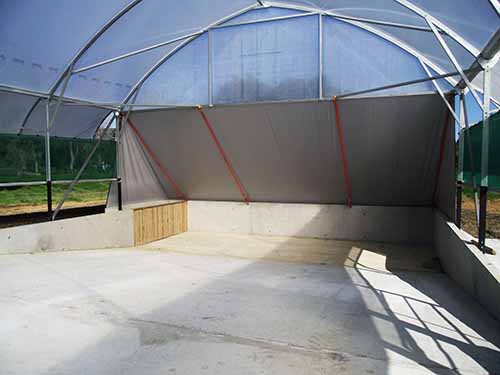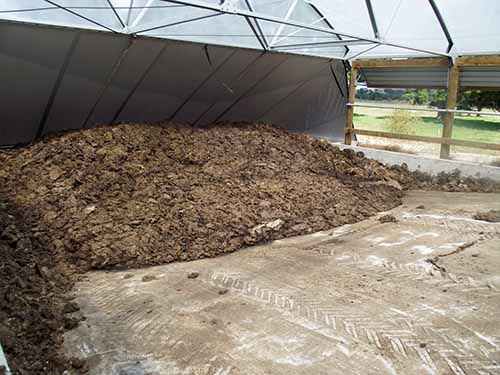Feedlots and stockholding areas
Feedlots and stockholding areas pose a high-risk to the quality of our waterways if not managed well.
Under the National Environmental Standards for Freshwater (NES-F), feedlots and other stockholding areas must be an appropriate distance from waterbodies, meet minimum permeability standards and provide for effluent management.
The new regulations apply to farms with five hectares or more of horticulture, 20 hectares or more of pasture or arable crops or 20 hectares or more of a combination of the above.
During the annual inspection of farm dairy wastewater discharges, the Northland Regional Council will also check your feedlot or stockholding area. If you think you might be affected by these changes and want to know more, please contact us to discuss your situation.
Feedlots
The National Environmental Standards for Freshwater (NES-F) defines a feedlot as a stockholding area where cattle are kept for at least 80 days in any six-month period and are fed exclusively by hand or machine.
Feedlot rules
Using land for feedlots is allowed and doesn’t require resource consent if at least 90% of the cattle are under 4 months old or weigh less than 120kg.
Effluent expelled in the feedlot will need to be collected, stored and disposed of in accordance with rule C.6.3.1 in the Regional Plan or a resource consent.

A new, covered feedpad with solids bunker and weeping wall.

Covered feedpad with effluent dry-scraped into a bunker, with liquid draining through a weeping wall.
Stockholding areas
A stockholding area is an area for holding cattle at a density that means pasture or other ground cover can’t be maintained, for example feed pads, winter pads, stand-off pads and loafing pads.
Stockholding area rules
Using land for stockholding is allowed and doesn’t require resource consent if at least 90% of the cattle are under 4 months old or weigh less than 120kg.
Land can also be used for holding larger and older cattle in a stockholding area (other than a feedlot) without resource consent if you meet all the following conditions.
- The base area of the stockholding area is sealed to a minimum permeability standard of 10-9 m/s.
- Effluent expelled in the stockholding area is collected, stored and disposed of in accordance with rule C.6.3.1 in the Regional Plan or a resource consent.
- The stockholding area is at least 50m away from any waterbody, water abstraction bore, drain and the coastal marine area.
You can also use land for holding larger and older cattle in a stockholding area (other than a feedlot) without resource consent if you have a Freshwater Farm Plan that applies to holding cattle in the stockholding area, and a certifier has stated that the adverse effects allowed for by the Freshwater Farm Plan aren’t greater than those in the above conditions.
If you can’t meet these conditions, you require resource consent for your stockholding area.
More information
Contact us
If you have any questions about the new regulations around feedlots and other stockholding areas get in touch with us and we’ll help sort it out.
